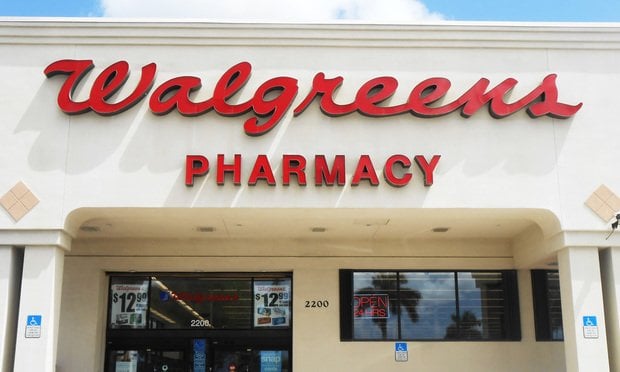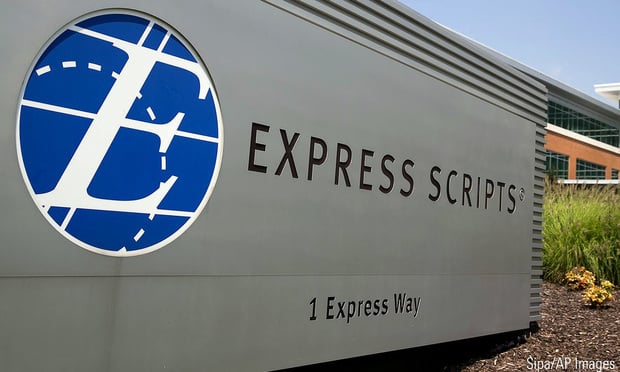To self-fund or not to self-fund, that is the question. As the fully insured market continues to get slammed by unreasonably large rate increases, more employers are looking to self-funding as an opportunity to escape the chokehold of ever-increasing premiums. Watching the growing popularity of self-funding is exciting, but I advise employers to proceed with caution.
Self-insuring the health plan opens an employer to great opportunity, but looking to self-funding as the ultimate destination may bring great disappointment. Simply put, self-funding is a vehicle, not the destination. It is not the solution; it is an avenue providing an organization with the opportunity to do some incredible things with its health plan. Look at it this way: without a destination in mind or a road map to get there, an automobile is useless. However, if you have a chosen destination with a clear set of directions to get there, an automobile becomes an efficient vehicle allowing you to arrive at your destination successfully.
In the case of self-funding, I hope your destination is control—control of costs and control of how health care services are purchased inside your plan. With that, I have some good news. There are employers out there who have already created the road map. There are industry rebels who are already helping self-funded employers successfully arrive at their destination ahead of everyone else. If you research these employers and industry rebels, you will find they all share one thing in common: status quo has no place in their world. Their road maps do not include shopping carriers, increasing deductibles or employee contributions. They do not focus on beating up vendors over administration fees and stop loss premiums.
No, they all understand that self-funding is about control. They understand that to control costs, you must control claims. If controlling claims does not have an important role within your road map, you could be in for trouble. Seventy percent to 80 percent of your overall costs reside here, so claims-focused strategies are a must. The best strategies focus on changing how health care services are purchased. With that in mind, let's look at three strategies that will have your self-funded vehicle speeding to success.
1. Value-based primary care
A sound claims-focused strategy starts with giving plan members access to value-based primary care. Value-based primary care is a model based on quality, not volume (like most primary care physicians we see today). It exists outside the typical insurance model. The payment structure is based on “membership fees,” not network discounts, freeing up the physician to spend more time with the patient.
Under a value-based primary care model, patients often spend 30 to 40 minutes with physicians. As a result, the quality of the visit increases, leading to a better diagnosis. In addition, the physician is not incentivized to refer specialty care downstream to a particular hospital or other medical facility. In fact, when specialty care is required, a physician under the value-based primary care model will help the patient access providers who are beacons for cost, quality and outcomes. This primary care model leads to effective treatment plans, a reduction in unnecessary procedures, and services provided at a fair price. Plan members save money through better care while health care costs drop. Direct primary care and on-site/near-site clinics are two examples of value-based primary care.
2. Reward members with high-quality providers
Next, plan members must be rewarded for seeking care with high-quality providers. Now, your clients might be saying, “but isn't that why we have a PPO network?” This is a common response.
In fact, employers across the country are looking to provide employees with the largest and widest PPO networks as a means of increasing choice, so let's talk about that for a minute. What does the acronym PPO stand for? Preferred provider organization. And I emphasize the word “preferred.” Look at any PPO network today and you are hard-pressed to find a physician or hospital that is not in the network. For most practical purposes, the health insurance industry has determined that such networks should be “all-inclusive.” So, how can this network be preferred if everyone is included?
Many insurance carriers seem open to including any provider or medical facility willing to agree to its negotiated fee structure. The more medical professionals and facilities in a network, the better the network is, or so the thinking goes. And that's where the problem lies.
As employers think about the network they offer employees, there are three things they have to understand. First, larger networks can lead to greater plan costs. Choosing to provide a large, national network for employees is often a decision of convenience. Greater access will often lead to greater employee satisfaction, especially for an organization with employees scattered across the country. However, buyer beware. A large network may not be helping drive plan costs down. To understand this, let's first look at price.
Within one network, the price for a procedure within a small geographic area can drastically vary from one facility to the next. In some cases, the price variance can exceed 500 percent. Second, a network discount can be very misleading. A discount is not a discount when the price is too high, or the purchase is unnecessary in the first place. For example, if I told you my iPhone was worth $2,000, but agreed to sell it to you at a 50 percent discount, I would still be ripping you off!
Network discounts can be misleading when analyzing specialized services such as diagnostic imaging, surgeries and inpatient stays, which tend to drive the majority of a health plan's claims costs. The problem here is two-fold. First, just as with the iPhone example above, large network “discounts” do not mean much when providers and medical facilities are allowed to charge 400 percent or more of the limit allowed by Medicare. Second, solely focusing on the size of the network discount could lead employers to ignore quality and outcomes. They need to ask if the discounted service is necessary or appropriate in the first place. An unnecessary procedure avoided is cheaper than the best network discount will ever be.
Last but not least, networks often block creativity. I recently had an interesting conversation with a national insurance carrier about a mutual client. After a thorough review of the client's claims activity, we uncovered several in-network facilities that were providing imaging services (MRIs, CT scans, etc.) at a low cost—much lower than the same services provided at the local hospital. Knowing this, the client wanted to give plan members incentives to choose low-cost facilities for imaging services by agreeing to have the health plan pay 100 percent of the service, saving money for both members and health plan. However, the insurance carrier said no to our request, as it had a duty to “keep the rest of the network happy.”

A carrier-owned network is often where plan design creativity goes to die. To win the health insurance game, we sometimes have to look outside carrier-owned networks in order to create change and reduce costs.
The lesson here is simple: When we reward plan members who seek care at high-quality health care facilities, those members will receive the necessary care at the right time and at a fair price, positively impacting the number, the size and the frequency of medical claims, resulting in reduced health care costs and happy employees.
3. Attack specialty drugs
Self-funded employers need to proactively manage the specialty drugs inside their health plan. The pharmacy industry is shrouded in mystery; it's about as clean as baseball's steroid era. The list of problems in the pharmacy industry are too long to mention here. Self-funded employers need be to scrutinize every detail of their pharmacy benefit management (PBM) program. To steal a phrase from Ronald Reagan, “trust but verify.”
Shell games are played every day between drug manufacturers and PBMs where pricing is adjusted to benefit the pockets of both, leaving the employer out to dry. The biggest threat to pharmacy plans today is specialty drugs. The statistics are quite alarming. In 2014, the United States spent roughly $374 billion on drugs across all classes. By 2020, we are expected to spend $400 billion on specialty drugs alone! In 2015, there were 300 specialty drugs on the market; there are 700 more under development today.
Specialty drugs account for 1 percent of all drugs offered in the market today, but make up 25 percent of total pharmacy costs—and it won't be long before that is closer to 50 percent. Specialty drugs are here to stay. No wellness intervention is going to help a member come off a specialty medication, so the only way to reduce the financial impact is to change the way the drugs are purchased. Purchasing specialty drugs entirely through a PBM will not lead to reduced costs. Carving out specialty drugs and purchasing them through cheaper, more transparent avenues will ensure that your clients are spending their health care dollars wisely.
Remember, self-funding is the perfect vehicle for employers looking to control and reduce health care costs, but it is nothing more than a vehicle. “We are self-funded so we are good” no longer cuts it. Employers and their brokers cannot look to self-funding as the destination. Controlling costs must be the ultimate destination and, with the right road map, self-funding becomes the perfect vehicle. Cost-focused strategies are the most effective directions an employer can use to ensure they arrive at a successful destination.
© 2025 ALM Global, LLC, All Rights Reserved. Request academic re-use from www.copyright.com. All other uses, submit a request to [email protected]. For more information visit Asset & Logo Licensing.







